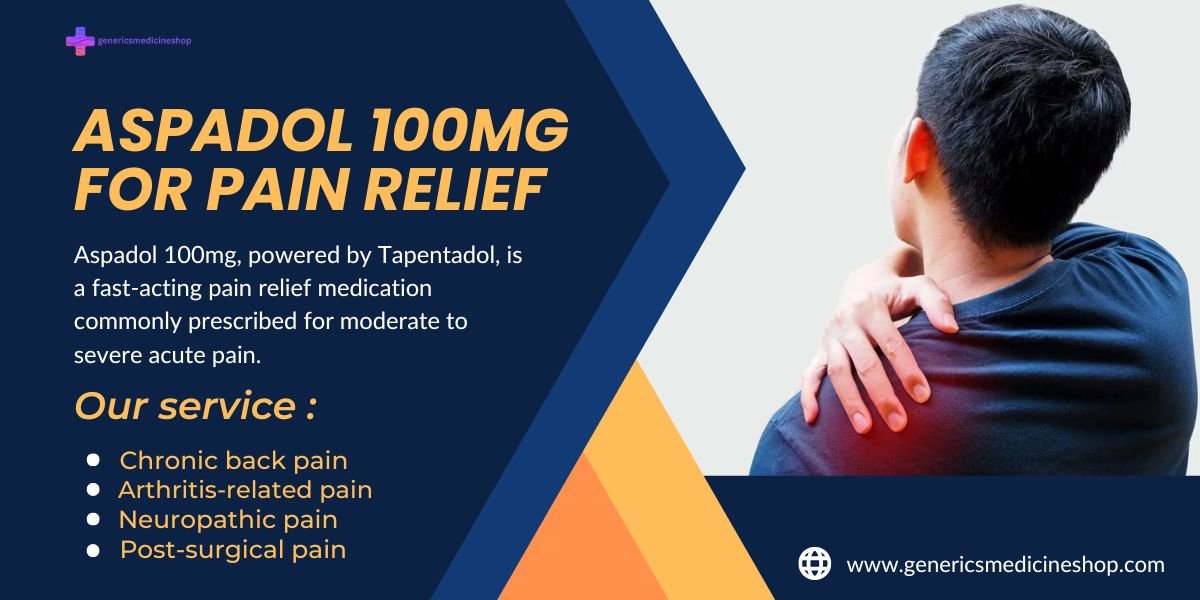healthcare

July 16,2025 • 4 min read
Moderate to Severe Acute Pain: Causes, Treatments, and Management

Introduction
Acute pain is a sudden, sharp discomfort that serves as the body’s warning system for injury or illness. When pain escalates to moderate or severe levels, it can significantly impact daily life, requiring prompt and effective treatment. This comprehensive guide explores the causes, symptoms, medical treatments, and management strategies for moderate to severe acute pain, helping you make informed decisions about pain relief.
What Is Moderate to Severe Acute Pain?
Acute pain is typically short-term, lasting from a few moments to several weeks, depending on the underlying cause. Unlike chronic pain, which persists for months or years, acute pain usually resolves once the injury or condition heals.
Moderate pain is noticeable and may interfere with daily activities but is often manageable with over-the-counter (OTC) medications. Severe acute pain, however, is intense, debilitating, and often requires prescription-strength treatments.
Common Causes of Moderate to Severe Acute Pain
-
Trauma & Injuries
-
Fractures, sprains, burns, cuts, or post-surgical pain.
-
-
Medical Conditions
-
Kidney stones, gallstones, pancreatitis, or acute infections.
-
-
Dental Issues
-
Tooth abscesses, root canal pain, or post-extraction discomfort.
-
-
Musculoskeletal Problems
-
Severe muscle strains, herniated discs, or arthritis flare-ups.
-
-
Nerve Pain (Neuropathic Pain)
-
Shingles, sciatica, or acute nerve compression.
-
Symptoms of Moderate to Severe Acute Pain
Recognizing the intensity of pain is crucial for proper treatment. Symptoms may include:
-
Throbbing, stabbing, or burning sensations
-
Limited mobility due to discomfort
-
Increased heart rate and blood pressure
-
Sweating, nausea, or dizziness
-
Difficulty concentrating or sleeping
Medical Treatments for Moderate to Severe Acute Pain
Effective pain management depends on the cause and severity of pain. Treatment options include:
1. Over-the-Counter (OTC) Medications
-
NSAIDs (Ibuprofen, Naproxen) – Reduce inflammation and mild to moderate pain.
-
Acetaminophen (Tylenol) – Effective for pain relief but does not reduce inflammation.
-
Aspirin – Useful for pain and mild anti-inflammatory effects.
2. Prescription Medications
-
Opioids (Codeine, Tapentadol, Morphine) – Reserved for severe acute pain due to their high potency and risk of dependence.
-
Muscle Relaxants (Carisoprodol, Baclofen) – Helpful for pain caused by muscle spasms.
-
Corticosteroids (Prednisone) – Reduce inflammation in conditions like arthritis or nerve compression.
3. Non-Pharmacological Treatments
-
Physical Therapy – Strengthens muscles and improves mobility.
-
Ice & Heat Therapy – Reduces swelling (ice) and relaxes muscles (heat).
-
Transcutaneous Electrical Nerve Stimulation (TENS) – Uses mild electrical pulses to block pain signals.
-
Acupuncture – May help relieve pain by stimulating nerve pathways.
4. Interventional Pain Management
For severe cases, doctors may recommend:
-
Nerve Blocks – Injections that numb specific nerves.
-
Epidural Steroid Injections – Used for spinal pain relief.
-
Surgical Interventions – Required in cases like herniated discs or fractures.
How to Manage Acute Pain at Home
While medical treatment is essential, self-care strategies can enhance pain relief:
1. Rest & Activity Modification
-
Avoid strenuous activities that worsen pain.
-
Use supportive braces or splints if needed.
2. Proper Hydration & Nutrition
-
Dehydration can worsen muscle cramps and headaches.
-
Anti-inflammatory foods (turmeric, ginger, omega-3s) may help.
3. Stress Reduction Techniques
-
Deep breathing exercises, meditation, or yoga can lower pain perception.
4. Sleep Hygiene
-
Poor sleep intensifies pain; maintain a regular sleep schedule.
When to Seek Emergency Care
Some cases of acute pain require immediate medical attention:
-
Chest pain (possible heart attack)
-
Sudden, severe headache (could indicate stroke or aneurysm)
-
Abdominal pain with vomiting/fever (sign of appendicitis or infection)
-
Uncontrolled bleeding or trauma
Preventing Acute Pain
While not all acute pain can be prevented, these steps reduce risk:
-
Exercise regularly to strengthen muscles and joints.
-
Practice proper posture to avoid back and neck strain.
-
Use protective gear during sports or hazardous work.
-
Stay updated on vaccinations (e.g., shingles vaccine).
Conclusion
Moderate to severe acute pain can be distressing, but with the right treatment approach, relief is achievable. Whether through medications, physical therapy, or lifestyle adjustments, managing pain effectively improves quality of life. Always consult a healthcare provider for persistent or worsening pain to rule out serious conditions.
By understanding the causes, symptoms, and treatments of acute pain, you can take proactive steps toward recovery and long-term well-being.
smith jons Details
User Profile
- Full name
- smith jons
- Email address
- smithjons146@gmail.com
- Join Date
- 2025-07-16
- State
- New York
- City
- New york
- Pincode
- Address
- 20 Cooper Square, New York, NY 10003, USA
- Follow us on Facebook
- Follow us on Twitter
- x.com/smithjons146
- Website Name
- https://genericsmedicineshop.com/
- Bio
- At GenericsMedicineShop, we are dedicated to providing high-quality generic medicines at affordable prices—making healthcare accessible for everyone.